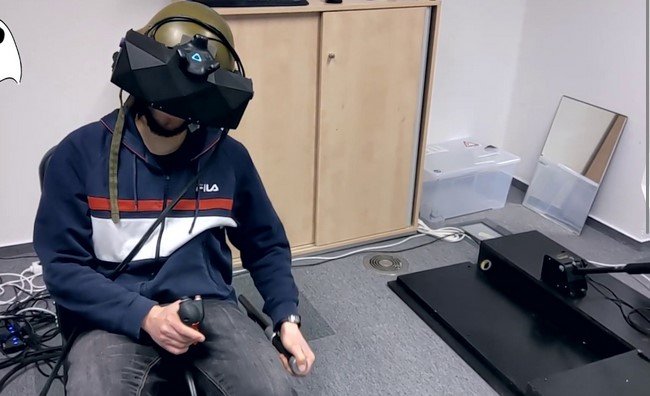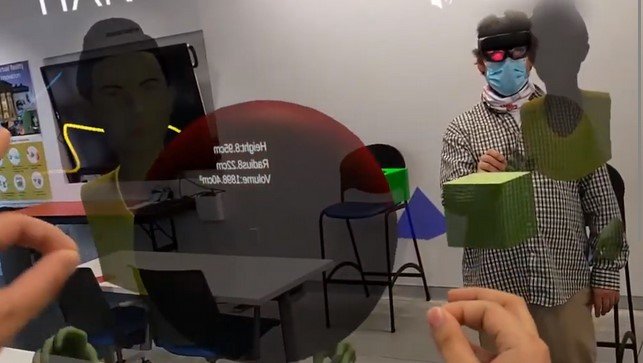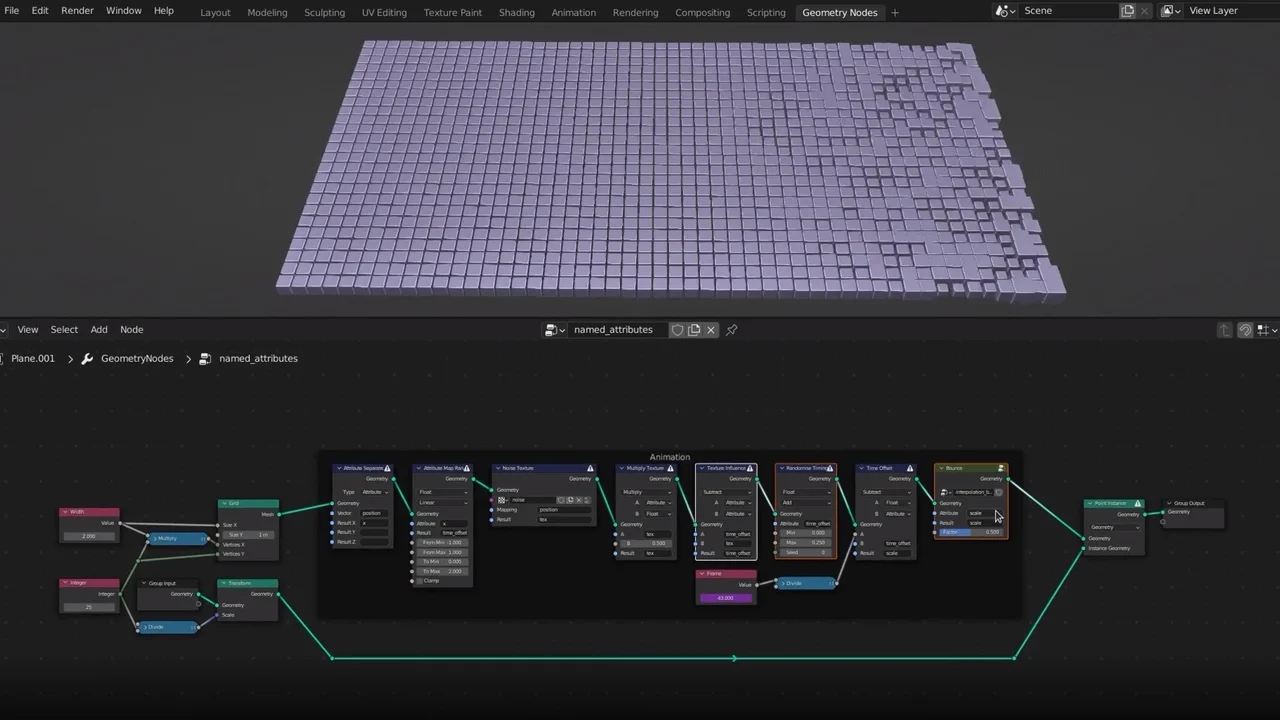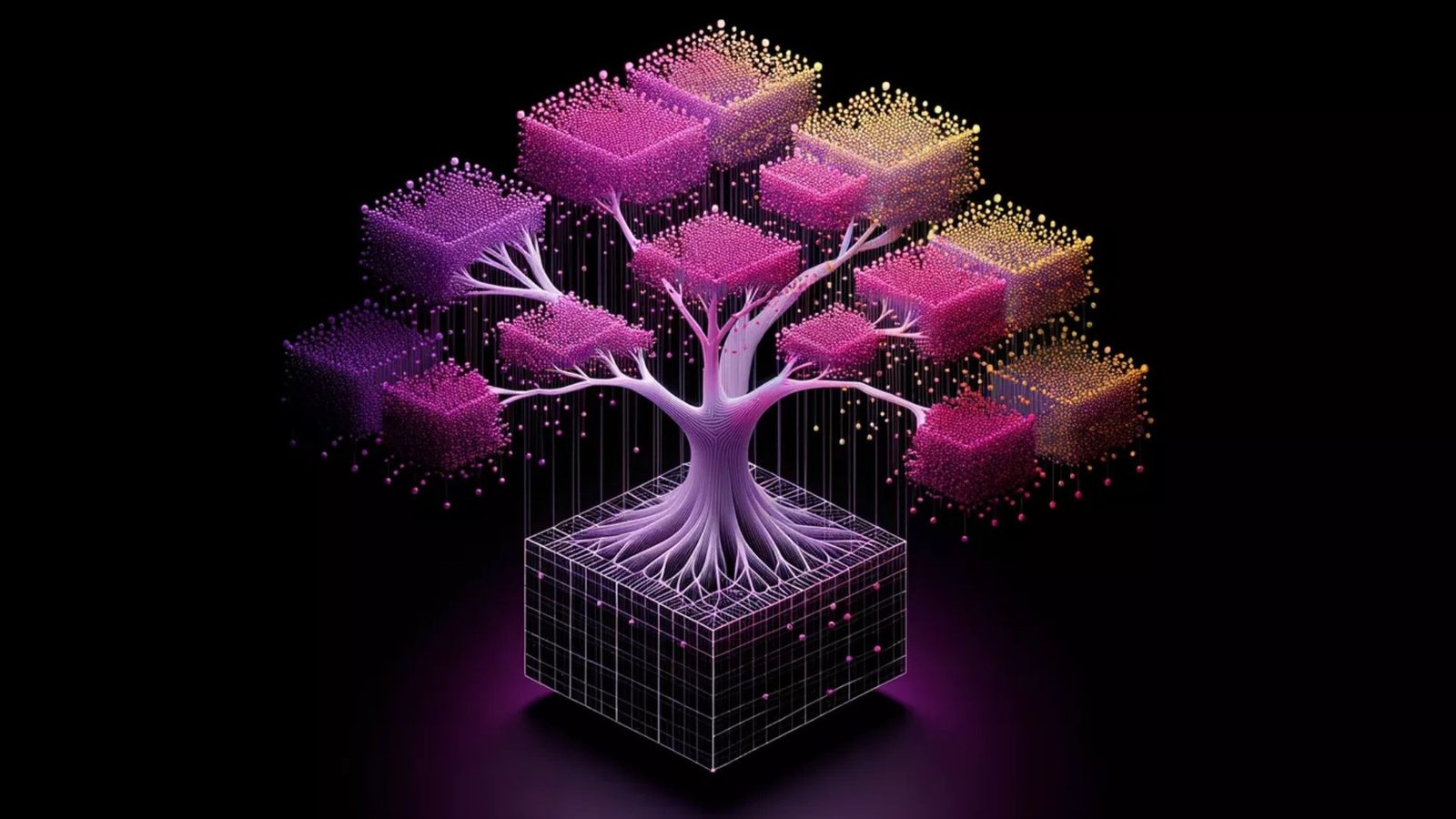Geometric informatics plays a pivotal role in the development of virtual reality (VR). By providing the necessary tools for spatial data analysis, geometric informatics enhances VR systems, ensuring more immersive and interactive experiences. This post explores how geometric informatics supports virtual reality in areas like object modeling, motion tracking, collision detection, and real-time rendering.

Geometric Informatics in VR Object Modeling
In virtual reality, object modeling is one of the core components. Geometric informatics allows for the creation of precise and detailed 3D models that users can interact with in VR environments. The use of geometric algorithms such as NURBS and Bézier curves enables designers to create smooth and complex shapes that behave realistically within the virtual space.
For VR applications, accurate object modeling is essential. Geometric informatics provides the mathematical tools needed to replicate real-world objects in a virtual environment. This ensures that models can be manipulated, viewed from different angles, and interacted with smoothly, offering a more realistic VR experience.
Enhancing VR with Geometric Transformations
Geometric transformations are key to VR interaction. In a VR environment, users constantly move and interact with digital objects. Geometric informatics supports this by providing the foundation for transformations like scaling, rotation, and translation. These transformations allow users to alter objects in a VR world in real-time.
For example, when users move their hands or head, geometric transformations help adjust the objects’ position or orientation to match these movements. The real-time application of these transformations enhances the sense of immersion, making interactions more intuitive and responsive.
Real-Time Collision Detection in VR
Collision detection is another critical aspect of virtual reality. In VR, users often interact with various objects, and geometric informatics enables real-time detection of when these objects come into contact. Through advanced algorithms, geometric informatics calculates the spatial relationships between objects, ensuring smooth and realistic interactions.
These collision detection systems prevent glitches or unnatural behaviors, such as objects passing through each other. In VR gaming or simulations, this allows for a seamless experience where users can physically interact with their surroundings without the system breaking immersion.
Supporting Motion Tracking in Virtual Reality
Motion tracking is essential in VR as it helps track users’ movements and translates them into the virtual world. Geometric informatics plays a vital role here by providing the algorithms that track and analyze the user’s position, direction, and speed. This data is used to adjust the virtual environment accordingly, ensuring real-time responsiveness.
For instance, when users walk, wave their hands, or make other gestures, the system must detect and replicate these movements accurately. Geometric informatics ensures that the motion tracking is precise, allowing VR systems to translate physical actions into digital responses efficiently and without delay.
Improving Real-Time Rendering for VR
Rendering is crucial in VR to create lifelike environments. Geometric informatics enhances rendering by providing the mathematical models needed to simulate light, shadows, and reflections in a virtual world. Through improved algorithms, geometric informatics makes real-time rendering more efficient, ensuring a smooth and visually appealing VR experience.
For example, ray tracing is one technique used to simulate the interaction of light with objects in a virtual environment. By leveraging geometric principles, VR systems can produce more realistic images in real time, further enhancing the immersion. These advancements are vital for creating seamless and realistic VR experiences.
Conclusion
Geometric informatics plays an essential role in supporting virtual reality by providing the tools for accurate modeling, motion tracking, collision detection, and real-time rendering. These elements work together to create immersive and interactive VR environments. As VR technology continues to evolve, the role of geometric informatics will become even more important, pushing the boundaries of what’s possible in virtual experiences.




